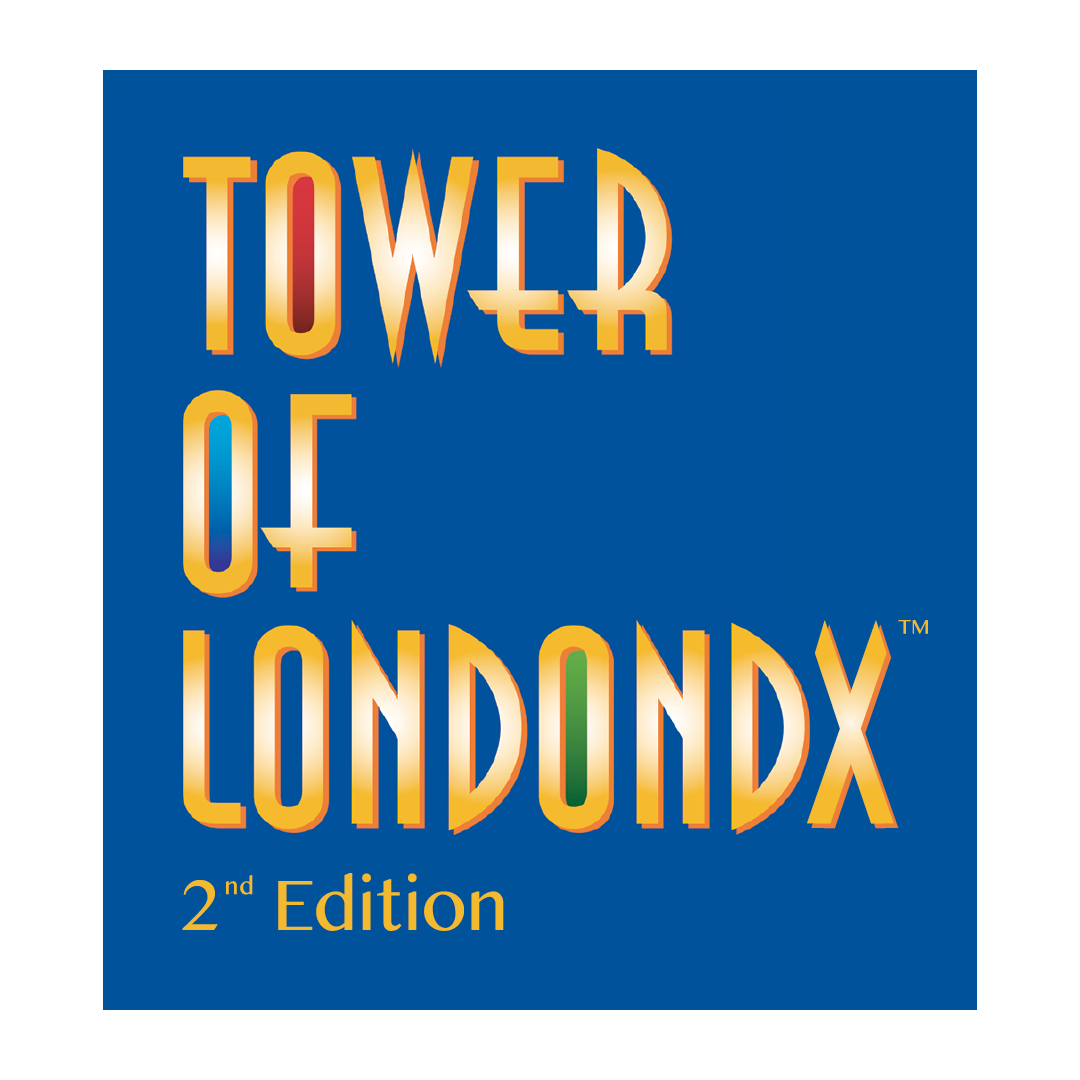
TOLᴰˣ ᵀᴹ 2ⁿᵈ Ed
Tower of London-Drexel University: 2nd Edition
Filters
Children with acquired and developmental problems often exhibit impairment in executive planning. The Tower of London-Drexel University: 2nd Edition (TOLDX TM) measures higher order problem-solving ability to assess frontal lobe function in children and adults with developmental and acquired disorders. It is also used to evaluate the neuropsychological performance of children with attention, impulsivity, or activity control problems.
The second edition includes additional normative data specific to older adult populations and a new Stimulus-Bound score on the Adult Record form that measures cognitive impairment related to dementia. It also includes updated research supporting the validity of the TOLDX TM in various settings.
Age
- 7 to 80
Administration Type
- Self
- Professional
Administration Time
- 10 to 15 Minutes
Qualification Level
- C
Format(s)
- Handscored
- The elimination of repeated trials for failed problems, which maintains task novelty
- The introduction of six- and seven-move test problem configurations, increasing sensitivity to executive functioning across age levels
- Empirical selection of test problem configurations, which allows assessment of the range of executive planning abilities that characterize child and adult population
- Task Analysis
- Cognitive Computations
- Working Memory
- Inhibition of Impulsivity
- Stimulus-Bound
- Cognitive Flexibility
- Allocation and Maintenance of Attention
The administrator arranges red, green, and blue beads on a peg board to match the configuration in the diagram. The child or adolescent is asked to replicate the configuration on a second peg board. Scores are calculated for Total Correct, Total Moves, Total Initiation Time, Total Execution Time, Total Time, Total Time Violations, and Total Rule Violations. Each raw score is converted to an age-specific standard score. Normative data is available for large samples of nonclinical and ADHD subjects.
The Child and Adult TOLDX TM 2nd Edition kits include an Examiner's Manual, two tower-structure boards, two sets of beads, and Record Forms. The child Record Form is suitable for ages 7 to 15. The adult form is appropriate for ages 16 through 80. From a practical perspective, the TOLDX TM 2nd Edition is an easily transportable test with minimal set-up time. Scoring can be completed within 5 to 10 minutes.
Reliability
Temporal stability was examined in a sample of children with ADHD across an interval of 5 to 92 days (average interval of 19.7 days) and a sample of patients affected by Parkinson’s disease (mean age 70.1 years) across an interval of 33 to 345 days (average interval = 136.9 days). The Total Move score and Time Violation indicated relative stability across time.
Validity
Scores on the TOLDX TM 2nd Edition differentiated between children with ADHD and children drawn from the standardization sample, providing support for the discriminative validity of the test. Convergent and divergent validity was evaluated by exploring the pattern of correlations between scores from the TOLDX TM 2nd Edition with scores from other tests of executive function as well as a measure of verbal memory and an estimate of intelligence (non-executive measures). Results support the convergent and divergent validity of the TOLDX TM 2nd Edition as a measure of executive function.
The normative sample for the TOLDX TM 2nd Edition included approximately 1,000 individuals between the ages of 7 and 80 from across North America. A clinical sample of children with ADHD was also included.